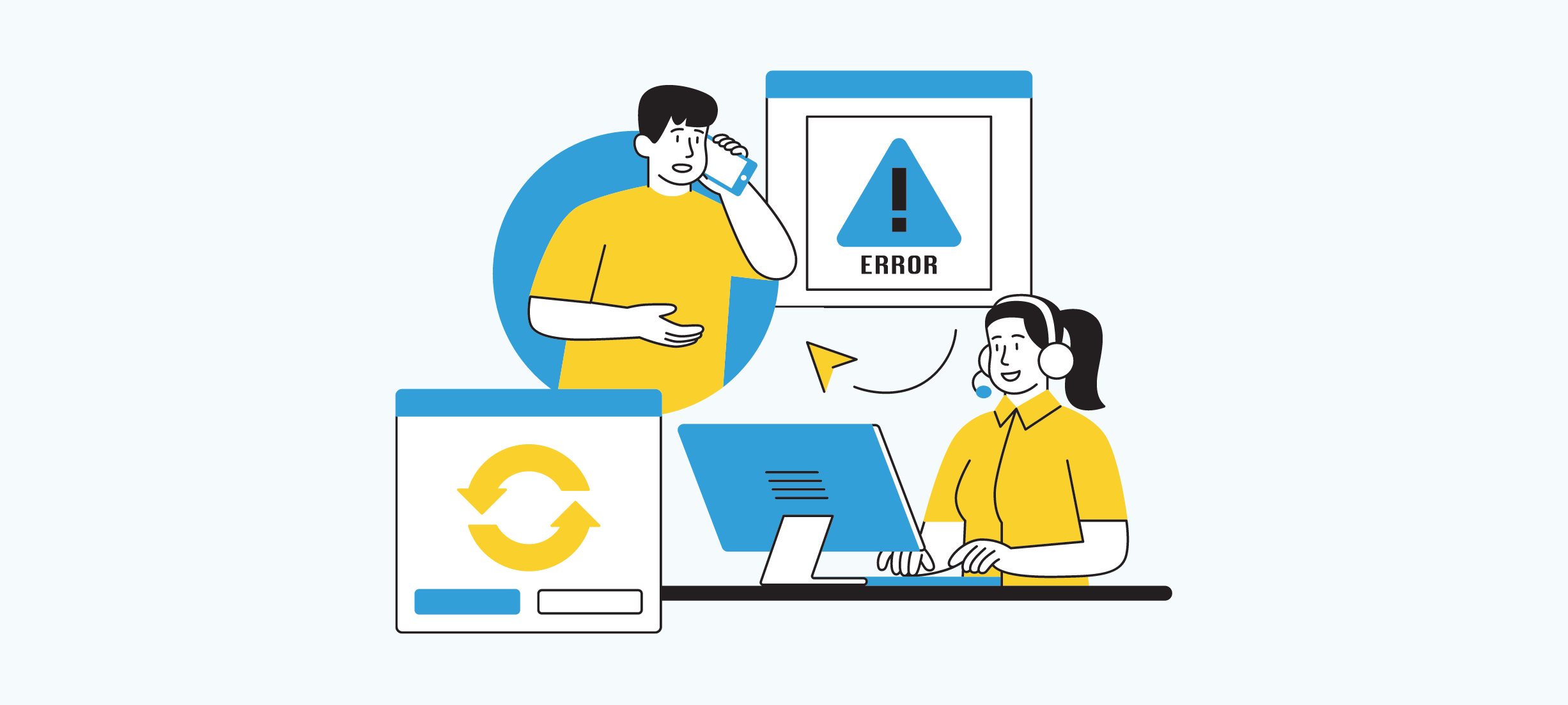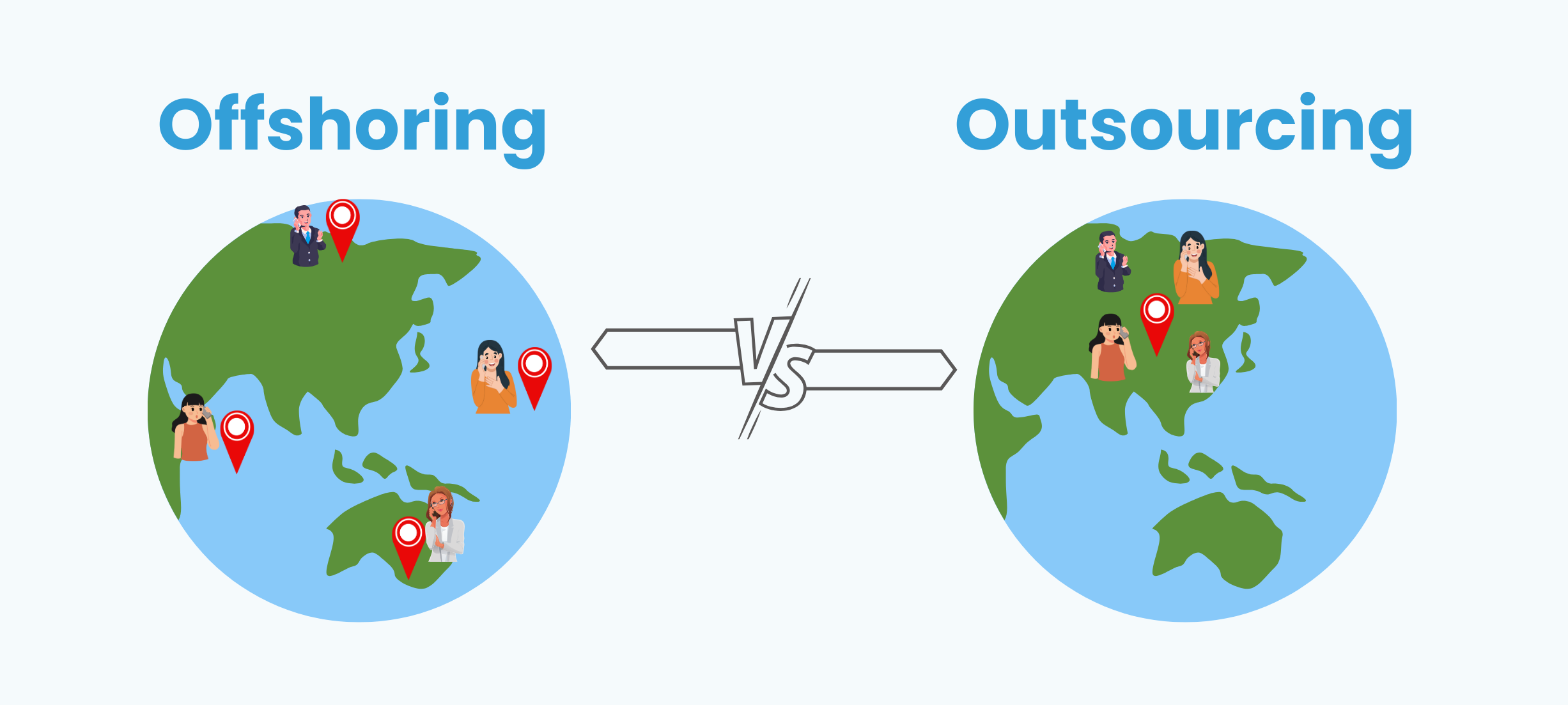Millions of Americans file taxes each year, but many unknowingly leave behind a “valuable credit,” according to the IRS.
Millions miss out on a valuable tax break: in 2022, 23 million benefited from the EITC, worth $57 billion, but nearly 1 in 5 eligible taxpayers left $11.6 billion on the table. This credit, averaging $2,541, significantly boosts income for low- and moderate-income workers, especially families with children (up to $7,430 for families with three or more in 2023). Raising awareness and simplifying the claiming process could put this powerful tool in more hands, empowering individuals and potentially stimulating the economy.
That’s where this guide comes in. We’ll help you understand the EITC in 2024, from who can get it to how to apply and avoid problems. Understanding the EITC will help you feel more confident when it’s time to claim your tax benefits and make the most of your money.
What is EITC?
The Earned Income Tax Credit (EITC) is a valuable refundable tax credit that can significantly reduce your tax liability or increase your refund if you qualify. It’s available to many low- and moderate-income individuals and families, including those without children. The amount of the credit you can receive depends on your earned income, filing status, and the number of qualifying children you have.
While it’s not a tax return itself, you can claim the EITC on your federal income tax return. The IRS website and free tax preparation services can help you determine your eligibility and ensure you claim the EITC accurately.
To be eligible for the federal EITC, you must work in the United States or certain U.S. territories and commonwealths, including Puerto Rico, the U.S. Virgin Islands, Guam, the Commonwealth of the Northern Mariana Islands, or American Samoa.
Here’s a more detailed breakdown of the factors affecting your EITC:
Income
- Earned Income: Only income from work like wages, salaries, self-employment earnings, and net earnings from farming count. Investment income, pensions, and Social Security benefits don’t qualify.
- AGI Limitations: Your Adjusted Gross Income (AGI) must fall within specific ranges depending on your filing status and number of qualifying children. In 2023, these limits were:
- No qualifying children: $17,640 (Single), $24,210 (Married Filing Jointly)
- 1 qualifying child: $46,560 (Single), $53,120 (Married Filing Jointly)
- 2 qualifying children: $52,918 (Single), $59,478 (Married Filing Jointly)
- 3 or more qualifying children: $56,838 (Single), $63,398 (Married Filing Jointly)
- Phase-in and Phase-out: The EITC amount doesn’t jump directly to the maximum at the income limits. Instead, it gradually increases (phase-in) within a certain income range and then slowly decreases (phase-out) in another range.
Filing status
- Your filing status impacts the income limits and potential EITC amount. Single, Married Filing Jointly, Head of Household, and Qualifying Widow(er) are eligible filing statuses.
Qualifying children
- Children must meet specific age, relationship, residency, and citizenship requirements to qualify.
- The number of qualifying children affects the income limits and maximum EITC amount:
- No qualifying children: $600 maximum credit
- 1 qualifying child: $3,995 maximum credit
- 2 qualifying children: $6,604 maximum credit
- 3 or more qualifying children: $7,430 maximum credit
Eligibility for EITC
Investment income limit
In 2023, your investment income is capped at $11,000, while in 2024, the limit increases to $11,600.
Annual earnings
Pensions and unemployment benefits do not count towards this total; however, you must have at least $1 in earned income.
Clery or army member
The limitations may vary if you are a clergy member or serve in the armed forces, if you are divorced or separated from your spouse, or if you receive disability payments.
Income earned internationally
You must not submit Form 2555 for Foreign Earned Income, must be a U.S. citizen or resident alien, and have a valid Social Security number.
Other eligibility requirements include
- Worker’s Age: You must be between 25 and 64 years old if you’re not claiming children.
- Qualifying Child Without a Social Security Number: You can still claim the EITC for workers without children if you have a qualifying child for the EITC who doesn’t have a Social Security number.
- Married Filing Separately: Generally, you can’t claim the EITC if you file taxes as married filing separately. However, you may still qualify if you meet these conditions:
- Your qualifying child lives with you for more than six months of the year.
- You meet at least one of these requirements:
- You and the qualifying child don’t live with your spouse during the last six months of the taxable year.
- You and your spouse have a separation decree, instrument, or agreement (not a divorce decree) and don’t live together at the end of the year.
Note: Filing taxes as married filing separately might affect your eligibility for other tax benefits. Consider consulting a tax professional for assistance with your filing status.
How do I apply for Earned Income Tax Credit (EITC)?
To get the EITC, you have to fill out a tax form, even if you don’t owe any tax or aren’t told to file taxes. If you have a child who qualifies, you need to include them on Schedule EIC when you file Form 1040.
Does my child qualify for the EITC?
If you’re claiming children for your EITC, they need to meet three tests to be considered a ‘qualifying child’
Relationship: The child must be your biological child, grandchild, stepchild, or adopted child; younger sibling, step-sibling, half-sibling, or their descendant; or a foster child placed with you by a government agency.
Age: The child must be under 19, under 24 if a full-time student, or any age if totally and permanently disabled.
Residency: The child must live with you in the U.S. for more than half the year. The time spent living together doesn’t have to be continuous. For example, a qualifying child could live with you from January through March, and then from September through December.
How to use your tax return to claim the EITC ?
Step 1: Check your eligibility
Make sure you meet the minimum qualifying standards before proceeding:
- Earned income: You must have earned income from working, like wages, self-employment income, or farming income. Investment income (interest, dividends) doesn’t count.
- Filing status: You must file Form 1040, 1040-SR, or 1040-NR. You cannot claim the EITC on Form 1040EZ or 1040-NR-EZ.
- Investment income limit: In 2024, your investment income must be below $11,600 for singles and head of household filers, and $23,300 for married couples filing jointly.
- Citizenship/residency: You must be a U.S. citizen or resident alien for the entire tax year.
- Social Security number: You and your qualifying child(ren) must have valid Social Security numbers.
Step 2: Gather your documents
To accurately claim the EITC, you’ll need:
- Proof of income: W-2s, 1099s, and other income statements.
- Social Security numbers: Yours and your dependents’.
- Qualifying child information: Birth certificates, adoption documents, etc., if applicable.
- Filing status documents: Marriage certificate, divorce decree, etc., if applicable.
Step 3: Choose your filing method
You have several options for claiming the EITC:
- Tax software: Popular programs like TurboTax and H&R Block walk you through the EITC process and ensure accurate calculations.
- Tax professional: The Earned Income Tax Credit (EITC) can be complicated, but a professional tax preparation service, such an accountant or tax preparer, can handle it and increase your eligibility.
- Free e-file: The IRS offers free online filing options for eligible individuals and families.
Step 4: Complete the forms
Use the correct forms depending on your situation:
- Form 1040 or 1040-SR: Main tax return.
- Schedule EIC (Form 1040 or 1040-SR): Specifically for claiming the EITC.
- Additional forms: Depending on your specific circumstances, you may need other forms.
Step 5: File your return and enjoy the benefits
Once you’ve completed the forms and gathered your documents, file your return electronically or by mail. Remember, claiming the EITC may delay your refund due to additional IRS verification.
Important tips
- Accuracy is crucial: Double-check all information to avoid errors that could invalidate your claim.
- Keep records: Maintain copies of your tax return and supporting documents for several years.
- Consider professional help: If you have complex finances or concerns, consult a tax professional for personalized guidance.
What happens if you make an EITC mistake?
Types of errors
- Eligibility errors: Not meeting income, filing status, or residency requirements.
- Calculation errors: Mistakes in income figures, dependents, or credit calculations.
- Documentation errors: Incomplete or inaccurate documentation supporting your claim.
Identifying errors
- IRS notification: The IRS might send you a letter questioning your eligibility or requesting additional information.
- Delayed refund: Your refund might be delayed while the IRS verifies your EITC claim.
- Audit: In rare cases, the IRS might audit your return, focusing on the EITC claim.
What to do if you find an error?
- Act quickly: Address the error as soon as possible to minimize potential penalties and interest.
- Gather documentation: Organize any missing or incorrect documents needed to support your claim.
- File amended return: File Form 1040X, Amended U.S. Individual Income Tax Return, to correct the error.
- Consult a tax professional: Consider seeking help from a qualified tax professional, especially for complex errors or potential penalties.
Consequences of errors
- Reduced or denied credit: The IRS might reduce or deny your EITC based on the error.
- Repayment: You might need to repay the mistakenly received EITC amount, plus interest and penalties.
- Future filing restrictions: In severe cases, the IRS might restrict your ability to claim the EITC in future years.
Preventing errors
- Carefully review eligibility requirements: Ensure you meet all the criteria before claiming the EITC.
- Double-check calculations and documentation: Meticulously review your income figures, dependents, and supporting documents for accuracy.
- Use reliable tax software or consult a professional: Consider using reputable tax software or seeking guidance from a tax professional from BookkeeperLive for complex situations.
FAQs
1. Am I eligible for the EITC in 2024?
Check the IRS website for income limits and other eligibility requirements based on your filing status and dependents. Remember, investment income must be below $11,600 for singles and head of household, and $23,300 for married filing jointly.
2. What if I’m a self-employed worker?
Self-employment income counts towards EITC eligibility. Ensure you report it accurately on your tax return.
3. Can I claim the EITC if I don’t have children?
Yes, childless workers may also qualify for the EITC depending on their income and filing status.
4. How much EITC can I get in 2024?
The amount depends on your income, filing status, and number of qualifying children. Use the IRS EITC Assistant tool for an estimated amount.
5. Will the EITC amount I receive change if I file late?
No, the EITC amount is based on your 2024 income, regardless of when you file. However, filing late might delay your refund.
6. Can I get advance payments of my EITC throughout the year?
Yes, you can opt to receive monthly EITC payments instead of a lump sum refund.








